Dutch Food Dishes: Basic Overview
Common Ingredients
Common Cooking Methods
Courses
Meals
Key Taste
Eating Etiquette
Meal Presentation
Culinary Festivals
Influence and Fusion
Popular Types of Dutch Dishes
-
Pancakes
Pancakes are versatile dishes in Dutch cuisine, often enjoyed at breakfast and brunch.
Dutch pancakes can be eaten with sweet or savory toppings.
-
Cakes and Pastries
There are many types of cakes and pastries in the Netherlands.
These dishes are usually made with wheat flour or rye flour and include milk, butter, sugar, dried fruits, and spices.
Many Dutch cakes and pastries are specifically designed for special holidays and occasions.
-
Fried Dishes
Dutch cuisine offers a large number of fried dishes, including snacks, appetizers, entrees, and desserts.
These dishes often feature a savory filling that is encased in dough or breaded in breadcrumbs and deep-fried in oil.
Dutch fried dishes are best enjoyed hot with proper dipping sauce.
Many types of fried dishes are popular street food in the Netherlands.
-
Snacks
Dutch people enjoy many types of snacks, such as biscuits, sausages, pastries, etc.
These dishes can also be served as desserts, street food, fast food, appetizers, etc.
Such dishes are convenient to eat and can be consumed on any occasion.
Dutch dishes are food offerings vital to the cuisine of the Netherlands. These dishes share certain similarities with Belgian and German food; at the same time, they have been influenced by French, Spanish, and Indonesian cooking traditions over time.
Dishes in the Netherlands have a reputation for being simple yet full of nutrients. Meat, dairy products (especially cheese), and root vegetables are staples contributing to this reputation.
In modern times, Dutch dishes have embraced new trends and acquired more diverse flavors, resulting in a more interesting cuisine.
Continue reading to learn about the main characteristics of traditional Dutch food, its global appeal, and health values.
Next, I will introduce you to the 23 best dishes from the Netherlands. Lastly, I will cover what makes Dutch cuisine special and how to pair beverages with local food.
23 Delicious Dutch Dishes
Allow me to present the 23 most common dishes in the Netherlands. Don’t forget to use advanced filters for a smoother reading experience; there are options regarding alphabetical sorting, main ingredients, taste, cooking methods, dish types, courses, and global popularity.
In addition, there are filters based on specific culinary styles, such as traditional, national, and street food. Use them to navigate the content more easily.
Stroopwafel
- Street Food
- Traditional
Stroopwafel is a Dutch waffle cookie originating from the Dutch city of Gouda in the 19th century. It consists of two thin layers of baked dough with a caramel-like molasses-based syrup filling in the middle.
The main ingredients of stroopwafel dough include flour, butter, brown sugar, yeast, milk, and eggs. This mixture is baked in a waffle iron, then cut in half and served with the syrup.
Stroopwafel is a famous breakfast dish with a crispy exterior and gooey, sweet interior. Dutch people enjoy it with hot milk or chocolate, putting the waffle on top of the hot beverage so that the steam softens the syrup.
Stamppot
- National
- Traditional
Stamppot is a comforting stew-like dish especially popular in the Netherlands during the colder months. People prepare it with mashed potatoes, vegetables (like carrots, sauerkraut, or spinach), and smoked sausage or bacon (as toppings).
The traditional version of stamppot is called hutspot and fairly resembles mashed potatoes. Meanwhile, boerenkool is a well-known variation incorporating kale.
As one of the oldest Dutch dishes, stamppot dates back to the Middle Ages. This mashed vegetable stew is famous for its simple, rustic flavors and can vary in texture from smooth to chunky, depending on the ingredients used.
Hollandse Nieuwe
- National
- Traditional
Hollandse nieuwe, or soused herring, is a Dutch delicacy prepared by brining young, raw herrings in a mild preservation liquid or vinegar pickle. The marinade often includes vinegar, wine or cider, sugar, chopped onions, and spices like bay leaves and mace.
The best ingredients for Hollandse nieuwe are herrings caught between May and July, when the fish has the largest fat content. Soused herrings have an incredibly tender texture and salty umami taste.
People in the Netherlands often enjoy Hollandse nieuwe without further cooking, serving them alongside chopped onions and sometimes pickles. Vlaggetjesdag (Flag Day) is an annual festival that celebrates the start of the herring and Hollandse nieuwe season.
Poffertjes
- Street Food
- Traditional
Poffertjes are small, fluffy Dutch pancakes made with yeast and buckwheat flour. These light, spongy treats are typically served with powdered sugar, butter, syrup, chocolate, or fresh fruits.
Dutch people prepare poffertjes in a special, dimpled pan to give them their distinctive shape. Poffertjes are widely available in stalls, cafes, fairs, and markets, especially in the winter.
Poffertjes originated from the sacramental hosts served in Catholic churches in the south of the Netherlands, especially in the provinces of Limburg and North Brabant.
Bitterballen
- Street Food
- Traditional
Bitterballen is a beloved Dutch snack in the shape of savory, deep-fried balls made from a thickened stew, such as beef or veal ragout. The meatballs are breaded, deep-fried, and served with mustard for dipping.
Bitterballen is a common accompaniment for cold beer at Dutch bars and parties. The “bitter” part in its name is a general term for herb-flavored alcoholic beverages, signifying that this snack can be paired with drinks.
When you bite into bitterballen, you will experience the creamy, meaty interior contrasting with the crunchy exterior. Making bitterballen was historically a popular method for repurposing leftovers from the previous day.
Patatje Oorlog
- Street Food
- Traditional
Patatje oorlog, literally translating to “war fries,” is a Dutch fast food dish found in snack bars across the country. It features a base of French fries topped with mayonnaise, peanut sauce, raw onions, and ketchup.
The peanut sauce used in this interesting-sounding fast food comes from Indonesia, a former Dutch colony. Its rich taste clashes deliciously with creamy mayonnaise, sweet and tangy ketchup, and spicy onions, creating a wonderful flavor profile.
Such a blend of complex flavors is apparently the reason behind the name “war fries.”
Hagelslag
- Traditional
Hagelslag refers to Dutch chocolate sprinkles (small chocolate granules) that locals often spread on buttered bread. Its creator supposedly came up with this treat during a hailstorm in 1919, hence its name: Hagelslag means hailstorm in Dutch.
Besides the traditional chocolate flavor, hagelslag comes in other varieties, such as fruit and aniseed. The combo of bread and hagelslag is a popular breakfast and kid-friendly dish in the Netherlands.
Oliebol
- Street Food
- Traditional
Oliebol, also known as Dutch doughnut, is a traditional Dutch treat made especially for New Year’s Eve, though locals also enjoy it at fairs and festivals throughout the year.
A popular theory puts the origin of oliebol down to the practice of the Germanic tribes living in what is now the Netherlands. However, some people say that Portuguese Sephardi Jewish immigrants introduced this doughnut to the Netherlands in the 15th century.
Olieboll is prepared from a mixture of flour, eggs, yeast, milk, and sometimes sultanas, currants, or pieces of apple. The dough is scooped into a round shape, deep-fried until golden brown, and dusted with powdered sugar.
Frikandel
- Traditional
Frikandel is a skinless sausage popular in the Netherlands and Belgium. Although the Dutch claim this dish as their invention, some people believe that frikandel actually originated in Belgium.
This hot dog-style sausage consists of meat (such as beef, chicken or pork) and various spices, like pepper, nutmeg, and mace. The meat mixture is shaped into a long, thin form and cooked by deep-frying.
Frikandel is a staple item in Dutch fast food eateries, home barbecues, and gatherings. Its typical accompaniments are raw onions, mayonnaise, ketchup, and curry sauce, but stuffing it with french fries into long bread buns is also a popular practice.
Kroket
- Traditional
Kroket is the Dutch version of croquette, a globally famous snack and appetizer. It is made by thickening a meat stew, dividing it into many portions, breading the stew portions, and deep-frying them.
The traditional filling is a mixture of beef or veal, though kroket variations with chicken, shrimp, and even vegetarian options are available.
Popularized in the Netherlands in the 18th century, kroket is a staple of local cuisine and a favorite in the fast food scene, with hundreds of millions sold each year. This local form of croquette is a common sight in Dutch snack bars and restaurants.
Appelflap
- Traditional
Appelflap is a Dutch puff pastry made from dough, raisins, and sour apples and coated in sugar powder. It dates back to medieval times and is similar to the American apple turnover.
Appelflappen are especially popular during autumn when apples are in season. People often dust them with powdered sugar to serve as a dessert or a sweet snack.
Ontbijtkoek
- Traditional
Ontbijtkoek, literally “breakfast cake,” is a Dutch spiced cake with many names. It is known as peperkoek (“gingerbread”) in the south, oal wief (“old women’s cake”) in the north, and snijkoek (“cake”) in the west.
Ontbijtkoek features rye flour as the main ingredients, honey or molasses as sweeteners, and various spices as flavorings. This dense, chewy cake is often cut into thick slices and spread with butter for breakfast.
Ontbijtkoek has an excellent shelf life that can last for several weeks, even at room temperature.
Uitsmijter Spek En Kaas
- Traditional
Uitsmijter spek en kaas is a traditional Dutch breakfast and lunch dish. There are many versions, but the most typical one is made with white bread, ham, Dutch cheese, a sunny-side-up egg on top, and a side of salad or pickles.
Uitsmijter means “bouncer” or “doorman”, while “spek en kaas” translates to “bacon and cheese”. This hearty combo used to be served at cafes late at night before closing time, hence its name.
Another explanation for the name of uitsmijter spek en kaas is that its substantial nature, capable of keeping one full for a long time.
Pepernoten
- Traditional
Pepernoten, literally “pepper nuts,” are small, spiced Dutch biscuits that are traditionally associated with the children’s feast of Saint Nicholas (Sinterklaas) celebration on December 5th.
They arose in the 16th century when spices became more available in Europe.
The core ingredients of pepernoten are rye flour, honey, and spices such as cinnamon, cloves, ginger, and anise. These sweet, gingerbread-like biscuits are often thrown to children as part of the Sinterklaas festivities.
Speculoos
- Traditional
Speculoos are famous spiced shortcrust biscuits in the Netherlands and Belgium. They are made with flour, butter, brown sugar, and a blend of spices such as cinnamon, nutmeg, cloves, ginger, cardamom, and white pepper.
To prepare speculoos, the dough is typically rolled out and stamped with intricate designs before being baked into crispy biscuits. The decorative patterns can be images of farmhouses, ships, elephants, horses, or Saint Nicholas.
Speculoos are a staple treat for Sinterklaas and Christmas. Their name was derived either from the Latin word “speculator” (“one who sees everything” – an epithet of Saint Nicholas) or the Dutch word “specerij” for spice.
Tompouce
- Traditional
Tompouce is a Dutch pastry that consists of two layers of puff pastry, a thick filling of sweet, creamy custard, and a pink frosting on top. It is a local variation of the French dessert mille-feuille and was named after the stage name of a Frisian dwarf actor.
Tompouce is especially popular during King’s Day (Koningsdag), when it is made with orange icing in honor of the Dutch royal family, the House of Orange-Nassau.
Kerststol
- Traditional
Kerststol is a classic oval-shaped bread for Christmas in the Netherlands. With a base of rich, yeast-leavened dough, it is flavored with dried fruits (such as raisins and currants), candied citrus peel, and almonds or almond paste.
While soft kerststol is already sweet and fruity, dutch people often dust it with powdered sugar. Buttered kerststol is widely enjoyed as a festive breakfast or brunch in the Christmas season.
Paasbrood is a type of Dutch bread similar to kerststol, but it is only available during Easter.
Pannenkoeken
- Traditional
Pannenkoeken are Dutch pancakes that can be topped with sweet or savory ingredients, from powdered sugar, syrup, and fruits to cheese and bacon. Compared to American pancakes, they are larger and thinner.
The batter of pannenkoeken is made from eggs, flour, and milk, resulting in a light taste and texture. Dutch pancakes are a versatile dish for any time of the day, especially breakfast and brunch.
Kibbeling
- Street Food
- Traditional
Kibbeling is a common Dutch snack featuring battered and deep-fried fish pieces. It is traditionally made from chunks of white fish (such as cod) and served with a garlic or remoulade sauce.
Famous for its crispy exterior and tender, flaky interior, kibbeling has long been a common item at seafood stalls and markets throughout the Netherlands. There is a similar dish called lekkerbekje, but it usually involves a whole fish filet.
Wentelteefjes
- Traditional
Wentelteefjes is the Dutch version of French toast. It is prepared by soaking slices of stale bread in a mixture of beaten eggs, milk, cinnamon, and sugar, then frying them until golden brown.
The translation of “wentelteefjes” can either make you chuckle or grumble. “Teef” is Dutch for female dogs, while “wentelen” means to turn over, so this name may sound like an insult.
However, wentelteefjes was not intended to be so rude. The term stems from the Dutch phrase “wentel het even,” meaning “turn it over for a minute.”
Anyway, wentelteefjes is a traditional way to use up old bread and a comforting dish for breakfast or brunch.
Hachee
- Traditional
Hachee is a Dutch stew consisting of beef, onions, vinegar, and various spices, including bay leaves and cloves. The ingredients are slow-cooked for several hours into a harmonious balance of sweet and sour flavors.
The name “hachee” comes from the French “hacher,” which means “to chop,” referring to the method of preparing meat and vegetables for the stew.
Dutch people often enjoy hachee with boiled potatoes or stamppot as a winter staple. Its savory taste and soft, melt-in-your-mouth texture make it a beloved comfort food in Dutch cuisine.
Rookworst
- Traditional
Rookworst, translating to “smoked sausage,” is an essential component of Dutch cuisine. It is made by encasing a mixture of ground meat (usually pork) and spices in a casing, then smoking the sausage over smoldering wood chips.
The smoking process imparts a distinctive smoky flavor to the savory and juicy rookworst. However, commercial rookworst often derives its flavor from smoke aromatics.
Rookworst is a cornerstone of Dutch meals during the winter holiday season. Several dishes feature it as an ingredient or accompaniment, such as stamppot.
Pastechi
- Street Food
- Traditional
Pastechi is a popular snack in the Dutch Caribbean, particularly in Aruba. It is a crescent-shaped pastry filled with rich ingredients, such as minced and spiced meat, cheese, or seafood.
Pastechi is encased in a flaky pastry shell and is deep-fried until golden brown, resulting in a crispy exterior with a hot, savory filling. This pastry is a common breakfast item, snack, and street food in Aruba and large cities in the Netherlands.
Now that you have a good knowledge of dishes in the Netherlands, I will address the culinary traits of Dutch cuisine as a whole.
What Are the Main Characteristics of Dutch Cuisine?
Understanding the four aspects below will help you comprehend the beauty of Dutch cuisine.
Given the geographical proximity and historical interactions, Dutch cuisine shares several elements with German and Belgian cuisines.
French and Spanish cooking traditions also have a noticeable effect on the food offerings of the Netherlands.
Dutch people have a long history of seafaring, trade, and colonization. This period brought a variety of spices, flavors, and culinary techniques from around the world, particularly from the Caribbean, Africa, and Asia.
Indonesia was the Netherlands’ largest colony, known as the Dutch East Indies. Many of its exotic ingredients and dishes are now an important part of modern Dutch cuisine.
The Netherlands is a leading exporter of agricultural products, thanks to its innovative farming techniques, fertile land, and temperate climate. This abundance is reflected in the quality and variety of vegetables and fruits in Dutch cuisine.
Root vegetables, especially potatoes, are a staple in Dutch cuisine. Carrots, beets, and leafy greens are also widely used.
The Calvinist tradition in the Netherlands, with its emphasis on modesty and simplicity, has influenced Dutch cuisine to be generally straightforward, efficient, and hearty. In the past, Dutch dishes had a focus on sustenance and practicality rather than extravagance.
However, modern Dutch fare has undergone a significant transformation and leaned toward a more diverse palate.
In the next section, I will introduce you to the most sought-after Dutch beverages for accompanying local food.
What Beverages to Pair With Dutch Dishes?
The four following beverages from the Netherlands are ideal options for complementing dishes.
Beer
In the Netherlands, people often pair beer with fried dishes and savory snacks. My top picks are bitterballen, kroket, patatje oorlog, and frikandel.
Liquor
Dutch cuisine offers many famous types of liquor, especially jenever (Dutch gin). These beverages agree with numerous dishes, from biscuits like speculoos to rich dishes like Hollandse nieuwe.
Anijsmelk
Anijsmelk is a spiced, milk-based beverage. To bring out its sweet and rich taste, light cakes and pastries like ontbijtkoek and stroopwafel are perfect options.
Coffee
Dutch coffee is a perfect match for many types of pastries and biscuits, including stroopwafel, tompouce, and appelflap. A typical breakfast in the Netherlands often has coffee as the main drink.
Do you find my Dutch food suggestions tempting? Leave a comment to let me know your thoughts and opinion. Before you leave, please share this list of Dutch dishes with your friends and fellow food lovers!



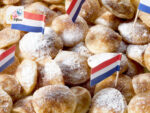
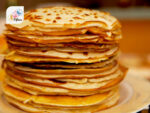
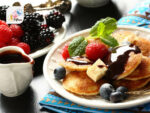

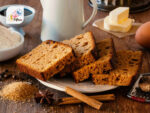

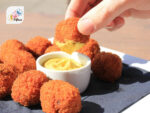
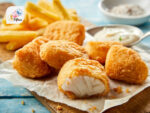




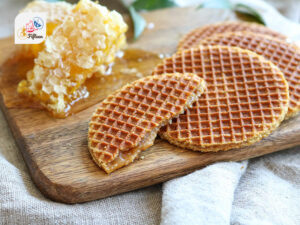
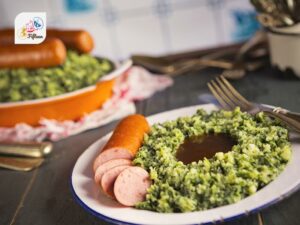
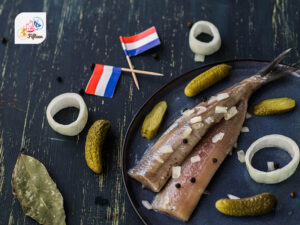
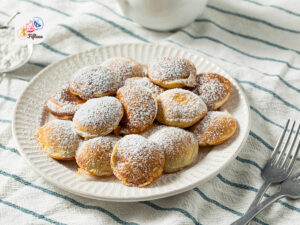
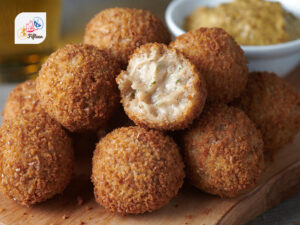
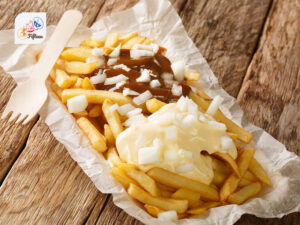
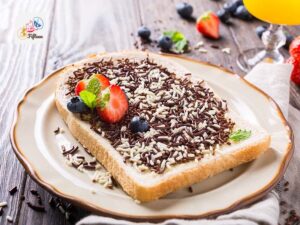
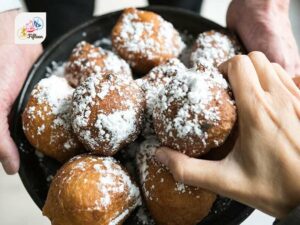
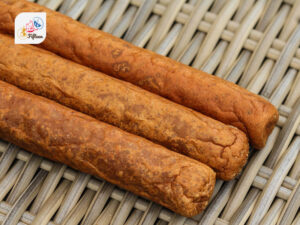
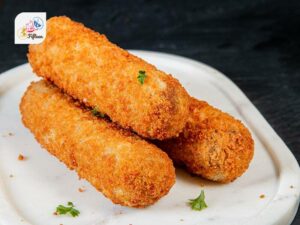
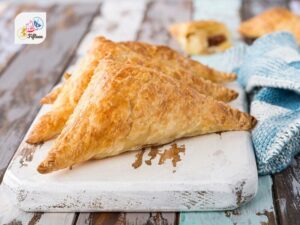
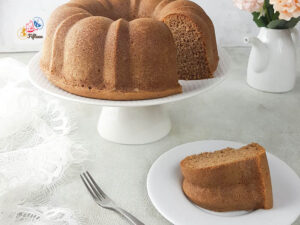
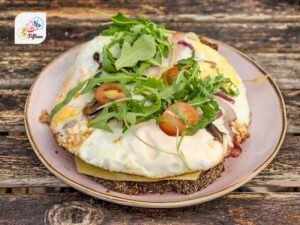
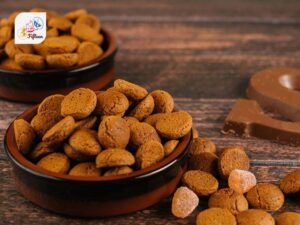
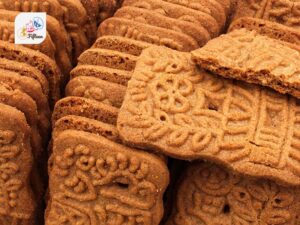
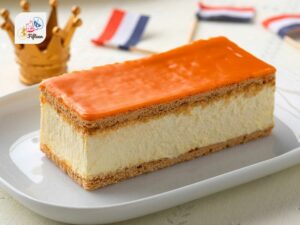
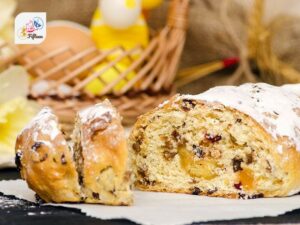
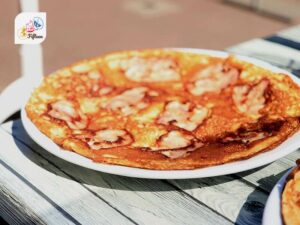
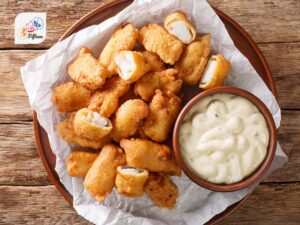
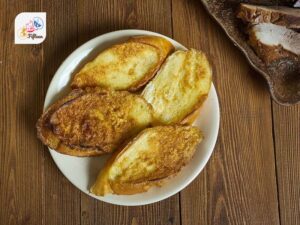
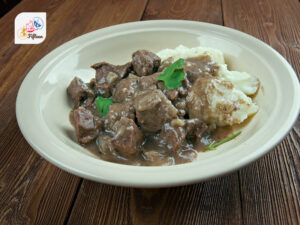
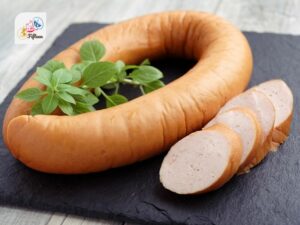
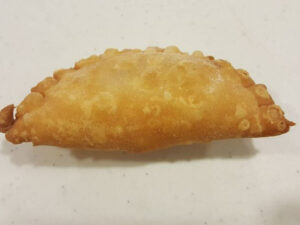
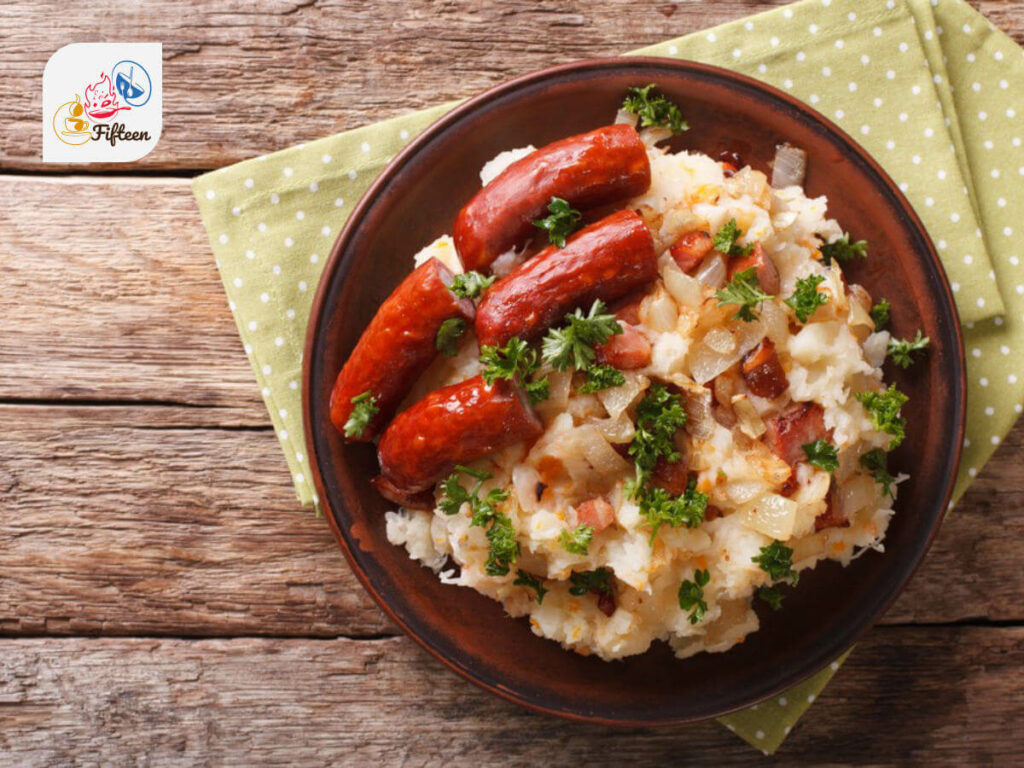
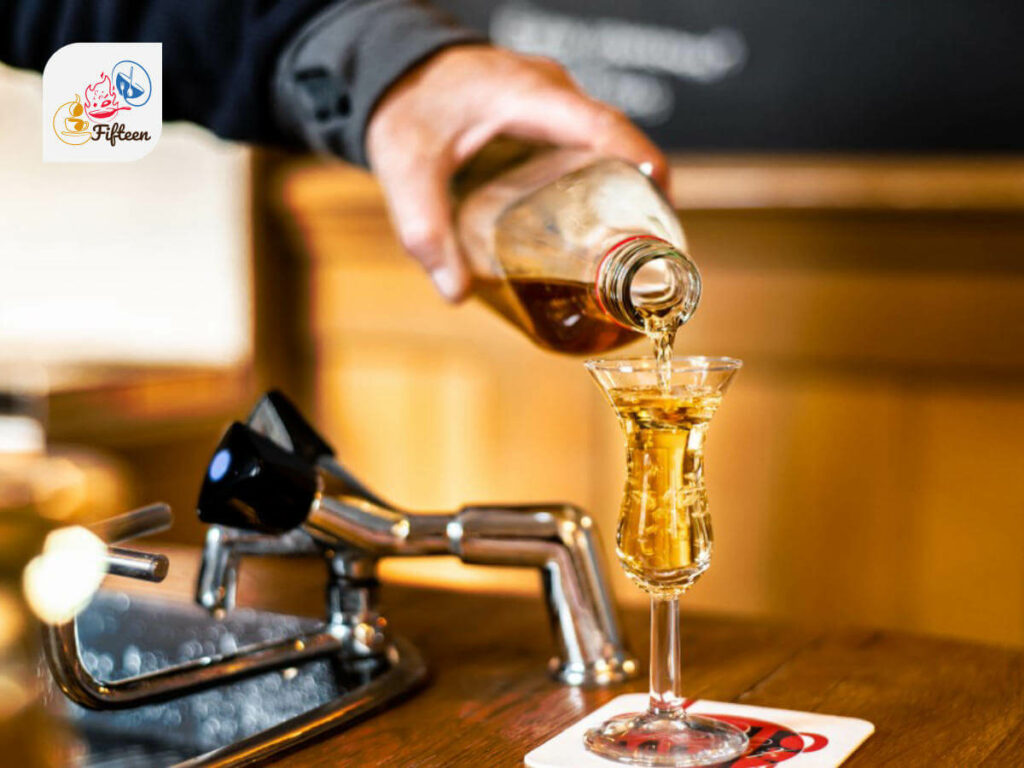
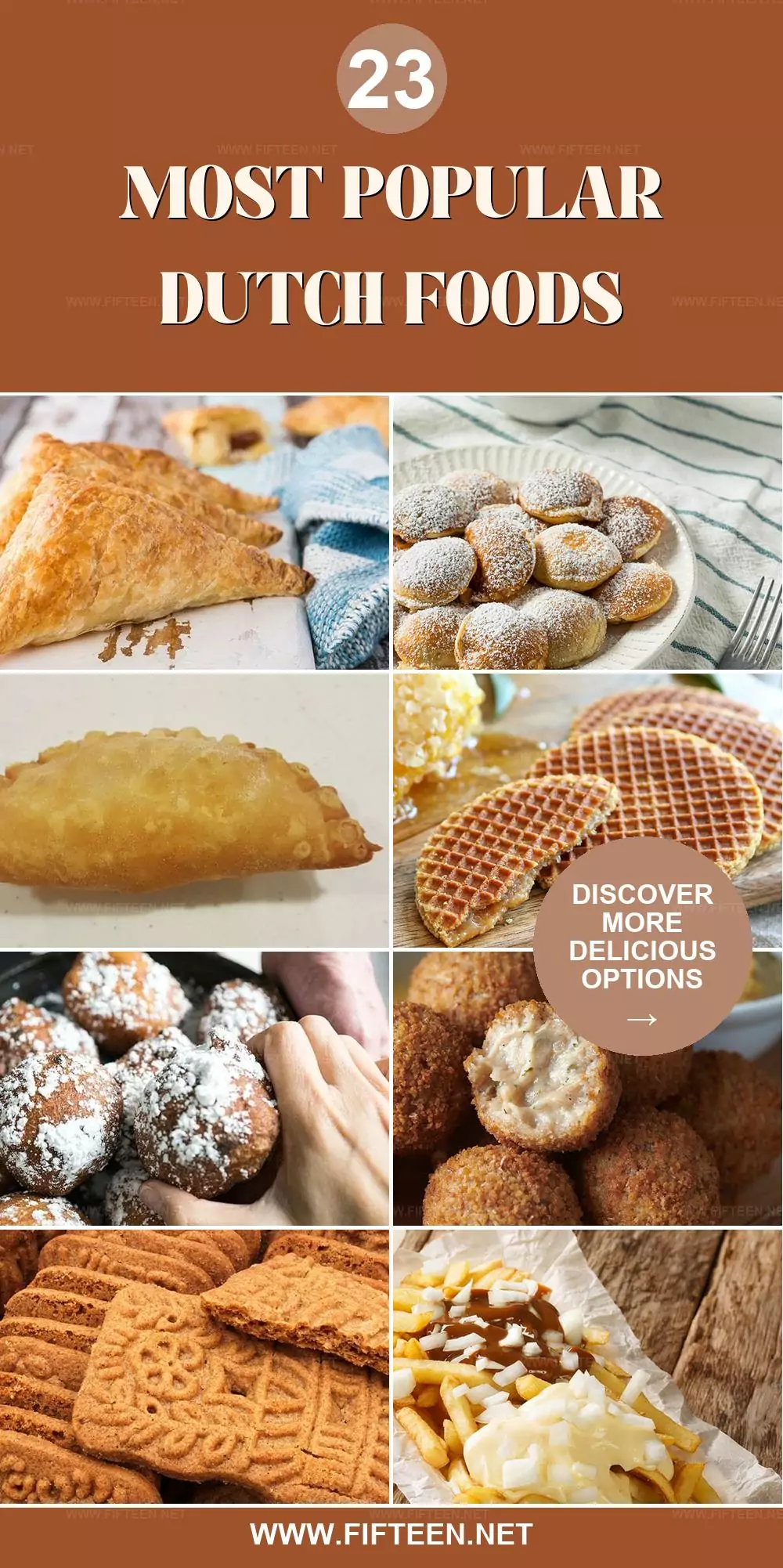
Jamie Scott
Editor in Chief, Senior Content Writer
Expertise
Home Cooking, Meal Planning, Recipe Development, Baking and Pastry, Food Editor, Cooking-video Maker, Western Food Evaluation Expert
Education
Le Cordon Bleu College of Culinary Arts
Local Community College, New York, NY
Jamie Scott is a skilled culinary expert and content creator specializing in Western cuisine. With over 15 years in the culinary field and formal training from Le Cordon Bleu, Paris, Jamie deeply understands how to blend nutrition with delicious flavors. His passion for cooking matches his commitment to making healthy eating accessible and enjoyable.
On Fifteen.net, Jamie brings a fresh perspective to classic dishes and beverages, offering readers insightful recipes, cooking tips, and a fresh view on meal planning that emphasizes taste, health, and simplicity.